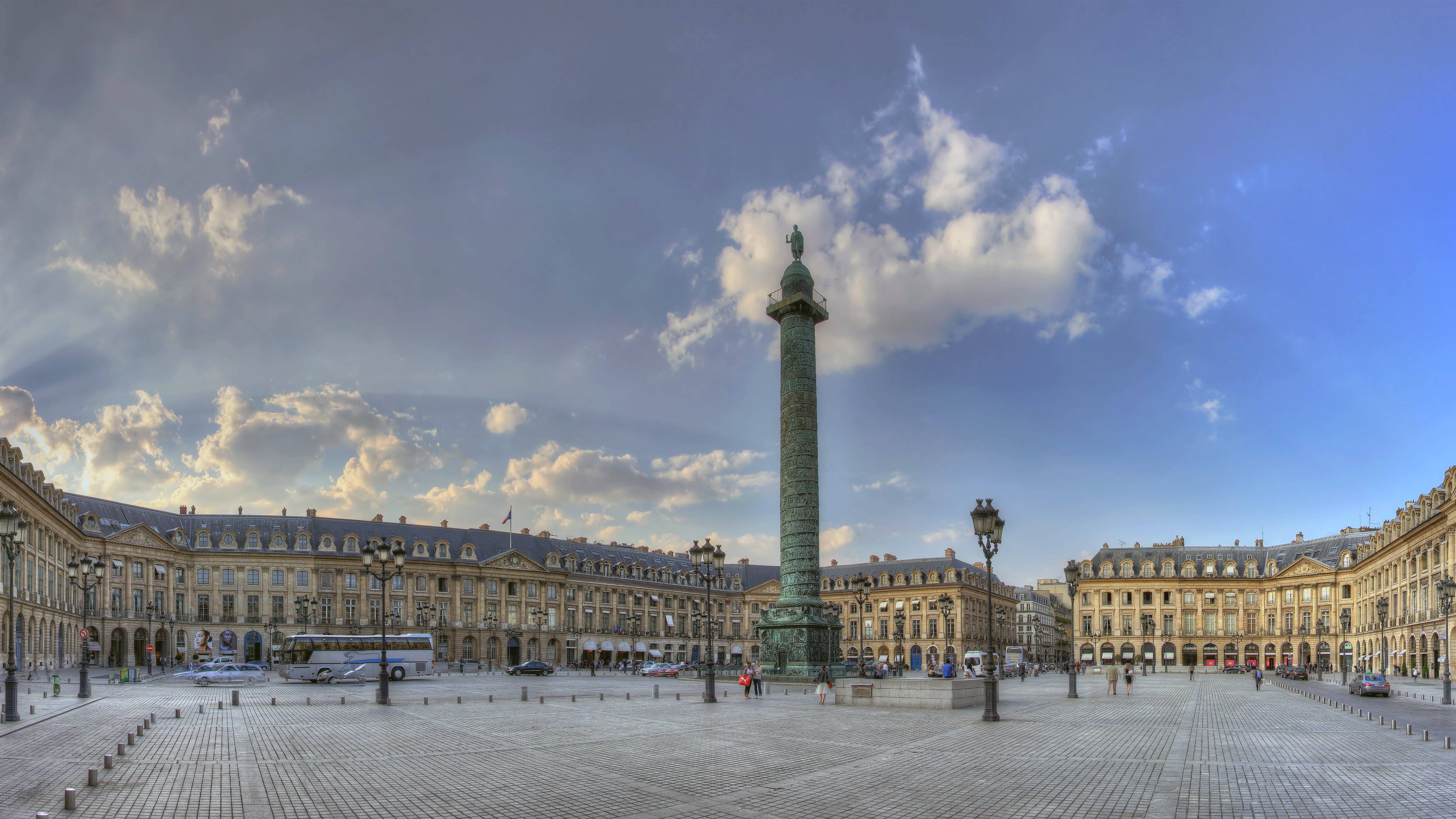When someone we care about leaves this life, there's a quiet, yet very important, space where their physical form rests for a time. This spot, whatever we call it, serves a truly vital role in the initial hours and days following a passing. It's a place that allows for dignity and respect, giving families and those involved a chance to begin processing what has happened, you know, and to make arrangements. It’s a very necessary part of how we handle the end of a life, providing a bit of calm in what can be a rather difficult moment.
These locations aren't just cold storage; they are, in some respects, carefully managed environments designed to honor the deceased and support their loved ones. They help bridge the time between a person’s last breath and their final farewell, whether that involves a burial, a cremation, or something else entirely. It’s a space that holds a profound, if somber, significance in our shared human experience, basically, allowing for important processes to unfold.
Across different cultures and throughout history, people have found various ways to care for those who have passed on, and the actual spots where bodies are kept have changed quite a bit over time. From simple, temporary resting places to more complex, specialized settings, each kind of spot has its own purpose and procedures. This article will, in a way, explore these different places and why they matter so much to us.
- Has Mike Wolfe Passed Away
- Exploring The Whimsical World Of Dilbert Comic
- Jane Fondas Iconic Short Haircut A Timeless Classic
- The Talents Of Morfydd Clark
- The Enigma The Age Of George Clooneys Wife
Table of Contents
- The Initial Stop - A Place Where Dead Bodies Are Kept
- Different Kinds of Spaces
- Where Do We Keep Deceased Loved Ones?
- The Hospital's Role as a Place Where Dead Bodies Are Kept
- Funeral Homes - A Temporary Place Where Dead Bodies Are Kept
- Why Are These Places Important?
- Looking Back - The History of a Place Where Dead Bodies Are Kept
The Initial Stop - A Place Where Dead Bodies Are Kept
When a person passes away, there’s usually an immediate need to move them to a spot where they can be cared for properly. This first stop is often determined by where the passing happened, like if it was in a medical facility or at home. It’s a moment that, you know, calls for a calm and respectful handling of the situation. The primary goal is to maintain the dignity of the person who has gone, and to make sure everything is done according to certain guidelines.
What Happens Right After Death?
So, right after someone dies, especially in a hospital setting, their body is typically moved to a special area. This area is often a part of the hospital itself, a quiet room set aside for this very purpose. It’s a spot where the deceased can rest, you know, while the necessary paperwork is completed and decisions are made by the family. This initial phase is, in a way, about giving everyone involved a bit of time and space. The care provided here is about keeping the body in a stable condition until it can be moved to its next destination, which is usually a funeral home or another similar facility. It’s a very practical step in the whole process, actually.
If a person passes at home, the process might be a little different. Usually, a medical professional or emergency services will be called first to confirm the passing. After that, a funeral service provider is often contacted to come and transport the deceased to their own specialized spot. This can be, in some respects, a very tender moment for families, and the people who come to help are typically very gentle and understanding. The aim is always to treat the person with the utmost respect, basically, as they are moved from their familiar surroundings.
- Waylon Jennings Children The Legacy Of A Country Music Legend
- Johnny Depps Exciting Film Ventures Upcoming Movies In 2024
- Exploring The Life And Family Of Lee Dong Wook A Glimpse Into His Children
- The Enigma Of Opra A Journey Through Life And Legacy
- The Life Of Rex Linns Wife A Journey Of Love And Partnership
These initial holding spots are kept at a cool temperature, which helps to preserve the body until further arrangements can be made. It's a way of ensuring that the deceased remains in as good a state as possible, allowing families the time they need without feeling rushed. This preservation is, you know, a really important part of the care provided in these early stages. It just gives everyone a bit of breathing room, so to speak, during a time that can be quite overwhelming.
Different Kinds of Spaces
The term "place where dead bodies are kept" can refer to a few different kinds of spots, each with its own purpose and setup. It's not just one type of building or room; rather, it’s a collection of specialized areas that serve various needs as a person transitions from life to their final resting place. Knowing the distinctions can, in a way, help us understand the journey a body takes after passing. Each spot plays a very specific role in the continuum of care and remembrance.
Where Do We Keep Deceased Loved Ones?
Generally speaking, after someone passes, their physical remains are kept in a few primary types of spots. The choice of spot depends on a number of things, including where the person passed, what the family's wishes are, and what kind of final arrangements are being planned. For example, a hospital might have a spot, or a funeral home will certainly have one. These are, you know, the most common places people think of when they consider where a deceased person might be cared for temporarily. It’s all about providing a respectful and appropriate environment, basically, for the time needed.
Sometimes, for specific situations like medical research or forensic examination, a body might be kept in a different kind of specialized spot, such as a university's anatomy department or a coroner's office. These places have very specific purposes and procedures that differ from a typical funeral home. They are set up to handle bodies for study or investigation, which is, in some respects, a very different kind of care than preparing for a funeral service. It's all about what needs to happen next with the body, you see, and these places are equipped for those very particular needs.
The facilities where bodies are kept are designed with certain features to ensure proper preservation and respectful handling. This often includes refrigeration units, specialized equipment for preparing the body, and private areas for families to visit if they choose. It’s all about maintaining a clean, controlled, and dignified environment. These spots are, you know, typically very quiet and calm, reflecting the serious nature of what goes on inside. They are truly dedicated spaces for this very sensitive work.
The Hospital's Role as a Place Where Dead Bodies Are Kept
Hospitals, especially larger ones, usually have a spot set aside for deceased individuals. This area is often called a morgue or a mortuary, and it’s where bodies are taken after a person passes within the hospital’s care. It’s a very practical space, designed to hold bodies safely and respectfully until they can be transferred to a funeral service provider. The staff who work in this area are, you know, trained to handle these delicate situations with the utmost care and professionalism. It’s a temporary holding spot, essentially, before the next steps in the journey.
These hospital holding spots are equipped with cooling systems to keep the bodies at a temperature that slows down natural processes. This is important for maintaining the body's condition, especially if there's a slight delay before a funeral home can pick up the deceased. It’s a critical part of the hospital’s overall care system, even after a patient has passed. The security and proper identification of each individual are, you know, also very important aspects of how these places operate. They really focus on keeping everything organized and respectful, basically.
For families, knowing that their loved one is being cared for in a secure and appropriate place within the hospital can bring a bit of peace during a distressing time. While it’s not a place for extended viewing, it serves its purpose as a respectful and organized temporary spot. It’s a very quiet part of the hospital, often out of the main flow of daily activity, which, in a way, adds to its solemn atmosphere. The whole idea is to provide a dignified transition, you see, from the hospital’s care to the next stage of arrangements.
Funeral Homes - A Temporary Place Where Dead Bodies Are Kept
Funeral homes are perhaps the most well-known type of spot where deceased individuals are cared for before a service. When a body is brought to a funeral home, it enters a place specifically set up for preparing the deceased for viewing, cremation, or burial. These places have specialized rooms and equipment, and staff who are trained in the art of embalming and restorative care. It’s a very comprehensive kind of care, you know, aimed at making sure the person looks peaceful for their loved ones.
Within a funeral home, there are typically dedicated areas for various stages of care. There’s often a preparation room, which is where the embalming or other preservation work takes place. Then there are viewing rooms, where families can gather to say their goodbyes. These spaces are designed to be comforting and respectful, providing a quiet atmosphere for reflection. The entire setup is, in some respects, geared towards supporting the grieving process, allowing families to spend time with their loved one in a dignified setting.
The funeral home acts as a central point for all the arrangements related to a person’s passing. From coordinating services to helping with paperwork, they manage many aspects of this difficult time. The fact that they provide a secure and caring place where dead bodies are kept is just one part of their wider role. They are, you know, essentially a hub of support and practical assistance for families navigating loss. It's a very important service they provide, really, at a very tender time.
These establishments understand the emotional weight that comes with their work, and they strive to create an environment that feels both professional and compassionate. They ensure that the deceased is treated with the utmost respect throughout their stay. It’s a quiet dedication to duty, basically, that defines the atmosphere in these places. They really do try to make things as smooth as possible for everyone involved.
Why Are These Places Important?
The spots where deceased individuals are kept serve several very important purposes beyond just physical preservation. They provide a necessary pause, a buffer of time, between a person’s passing and their final disposition. This time is, you know, absolutely essential for families to process their grief, make complex decisions, and organize farewell ceremonies. Without these dedicated spots, the immediate aftermath of a death would be far more chaotic and distressing for everyone involved. It’s a really fundamental part of our societal response to death.
These places also ensure that public health standards are maintained. Proper handling and care of deceased bodies help prevent the spread of disease and ensure that all legal and health regulations are followed. This is a very practical, yet vital, aspect of their function. It’s about protecting the wider community, you see, while also showing respect for the individual who has passed. The guidelines are pretty strict for a reason, actually.
How Do These Places Help Families?
For families, the existence of a reliable place where dead bodies are kept provides immense comfort and practical support. It means they don't have to immediately deal with the physical presence of their loved one's body while they are in the initial stages of shock and grief. This allows them to focus on emotional processing and making arrangements without added pressure. It’s a bit of a safety net, really, during a very vulnerable time.
These spots also offer a chance for families to say their goodbyes in a controlled and private setting. Whether it’s a quiet moment in a viewing room or a formal visitation, having a dedicated space for this final interaction is incredibly valuable. It allows for closure and remembrance, which are, you know, very important parts of the grieving process. It’s about honoring the person who has gone and providing a peaceful setting for farewells, basically.
Furthermore, the professionals who work in these places provide guidance and support for families through what can be a very confusing time. They help navigate the various steps, from legal requirements to choosing services, making the process less overwhelming. Their expertise in managing a place where dead bodies are kept, and everything that goes with it, is a huge help. It’s a very compassionate service they offer, really, going beyond just the physical care of the deceased.
Looking Back - The History of a Place Where Dead Bodies Are Kept
The concept of a dedicated spot for the deceased is not new; it has evolved significantly throughout human history, reflecting different cultural beliefs, scientific knowledge, and practical needs. From ancient burial practices to modern mortuary science, people have always found ways to care for their dead. The very idea of a place where dead bodies are kept has roots that go back thousands of years, showing how deeply ingrained this practice is in human societies. It’s a fascinating journey through time, actually, to see how these practices have changed.
What Were Early Methods for a Place Where Dead Bodies Are Kept?
In very early times, the "place where dead bodies are kept" might have been as simple as a temporary spot in the family home or a designated area in a community space before burial. Ancient civilizations, like the Egyptians, developed incredibly sophisticated methods for preserving bodies, creating elaborate tombs and pyramids as their ultimate resting spots. These were, you know, not just graves but complex structures designed to keep the deceased safe for eternity. It was a very different approach to care, really, driven by strong spiritual beliefs.
During the Middle Ages, particularly in Europe, bodies were often kept in churches or churchyards before burial. The church itself could serve as a temporary place where dead bodies are kept, especially for nobility or important figures. For common people, the body might be laid out at home for a short period before being taken to the church for a service and then to the churchyard for burial. It was, in some respects, a more communal way of handling death, with the church playing a central role.
As cities grew and populations became denser, the need for more organized and hygienic ways to manage the deceased became apparent. This led to the development of dedicated mortuaries and funeral parlors in more recent centuries. These were spots designed specifically for the care and preparation of bodies, moving away from home-based rituals. This shift was, you know, a very practical response to changing societal needs and a growing understanding of public health. It really changed how people thought about a place where dead bodies are kept.
The progression from simple, temporary holding spots to highly specialized facilities shows a continuous human effort to treat the deceased with dignity and to support the living through their loss. Each era has added its own layer of understanding and practice to the way we handle death, shaping the places we use today. It’s a testament, you see, to our ongoing respect for life, even after it has ended. These places, in their various forms, really do reflect our shared human values.
- Ted Shackelford A Versatile Star Of Television And Film
- The Roots Channing Tatums Parentage And Family Background
- Discovering Lilibet The Story Behind The Name
- Exploring The Early Days Of Kate Beckinsale
- Sophia Loren 2024 The Timeless Icons Journey Continues


